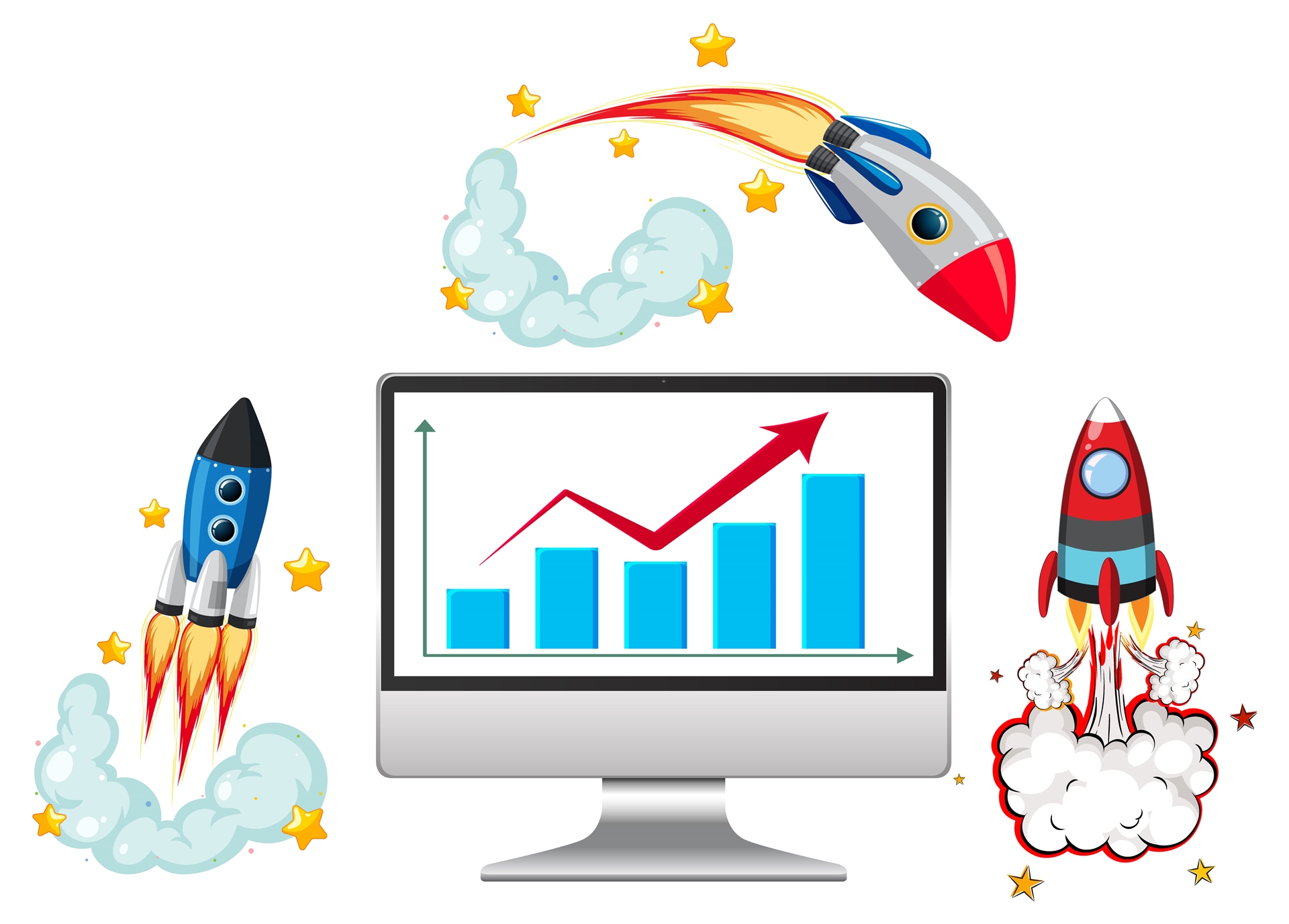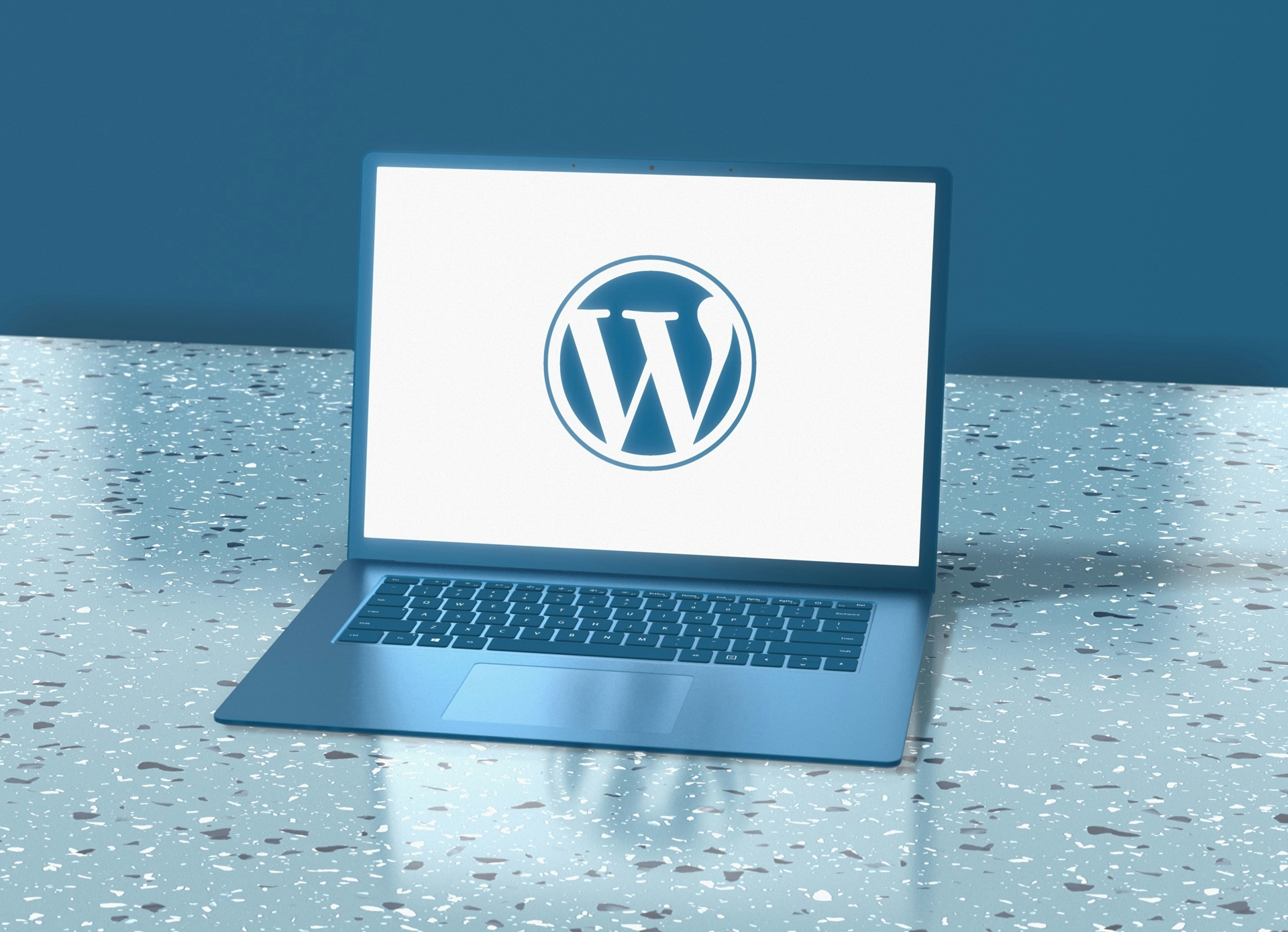The Future of No-Code Website Builders for Businesses
The digital world is evolving fast—and so is how businesses build their online presence. No-code website builders have become a game-changer, letting entrepreneurs and teams create professional websites without writing a single line of code.
But what does the future hold for these powerful tools?
Growing Demand for Speed & Agility
Businesses need to launch products and updates faster than ever. No-code website builders like Webflow, Wix Studio, and Framer make it possible to design, test, and deploy websites in days—not months.
- Time savings: Businesses save up to 70% in development time using no-code solutions.
- Cost-effective: Reduced reliance on large development teams lowers costs dramatically.
AI & Automation Integration
The next frontier in no-code is AI integration. Builders are adding:
- AI design suggestions
- Content generation tools
- SEO optimization prompts
These features help non-technical users create not only functional, but also high-converting websites.
Enterprise Adoption on the Rise
No-code tools were once thought of as “just for small businesses.” That’s changing:
- Enterprises are embracing no-code for internal sites, landing pages, and MVPs.
- Platforms are adding enterprise-grade security, scalability, and integrations with CRMs, ERPs, and analytics.
Design Flexibility Keeps Improving
A common criticism was that no-code websites looked “template-based.” New tools now offer:
- Fully customizable designs
- Responsive breakpoints for all devices
- Advanced animations and interactions
This shift is attracting designers who want pixel-perfect control—without writing CSS or JavaScript.
API and Integration Ecosystems
Modern businesses rely on tools like Shopify, HubSpot, Stripe, and custom databases. The future of no-code website builders includes:
- Drag-and-drop API integrations
- Real-time data connections
- Custom logic flows without traditional coding
This transforms no-code sites into dynamic business applications.
Challenges Ahead
Despite huge potential, no-code isn’t perfect:
- Complexity at scale: Large or highly custom projects can still hit limits.
- Learning curve: Advanced no-code platforms require time to master.
- Platform lock-in: Migrating away from a specific builder can be costly.
Businesses must weigh these factors when choosing a no-code path.
The Future Looks Bright
No-code website builders for businesses are evolving rapidly, fueled by:
- Demand for speed and cost efficiency
- Growing capabilities like AI and advanced integrations
- Widening adoption from startups to enterprises
While traditional coding will never disappear, no-code is carving out a permanent—and expanding—role in the digital landscape.






